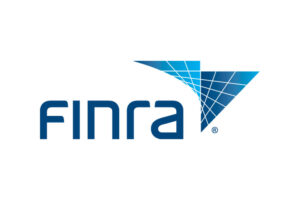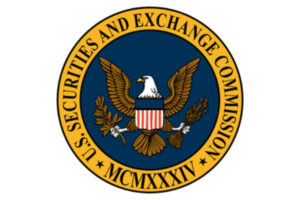In any financial market, the concept of the consolidated tape represents more than just a utility; it serves as the backbone of market transparency and efficiency. The consolidated tape aggregates real-time data from multiple sources into a single stream, providing market participants with a unified view of prices, trades, and volumes across the entire market. While this may seem like a straightforward function, the implications of who controls the consolidated tape are profound. The entity managing this crucial infrastructure holds unparalleled influence over the market’s operation, fairness, and future direction.
Understanding the Consolidated Tape
At its core, a consolidated tape is a centralized system that collects and disseminates market data. In fragmented markets—where trading occurs across multiple venues such as exchanges, alternative trading systems (ATSs), and over-the-counter (OTC) platforms—a consolidated tape eliminates informational silos. Traders, investors, and regulators rely on this aggregated data to make informed decisions, assess market activity, and ensure compliance with regulations.
The concept is well-established in equity markets, particularly in the United States, where the Securities Information Processors (SIPs) aggregate data for listed stocks. However, the scope of the consolidated tape is expanding to other asset classes such as fixed income, derivatives, and even digital assets, underscoring its growing importance in the global financial ecosystem.
The Power of Data Aggregation
Data is the lifeblood of modern markets, and controlling the consolidated tape means controlling the flow of that data. This unique position grants the managing entity a range of powers, including:
- Market Transparency: The consolidated tape ensures that all market participants have equal access to vital information. By aggregating data in real time, it levels the playing field between institutional investors and smaller participants.
- Market Integrity: The consolidated tape acts as a single source of truth, reducing the risks of market manipulation and information asymmetry. Regulators use the data to monitor market activity and enforce compliance, enhancing trust in the system.
- Economic Influence: The revenue generated from data dissemination is substantial. Entities controlling the tape can monetize access to real-time data feeds, creating a lucrative revenue stream. Moreover, they can set the terms of access, potentially influencing how market participants interact with the system.
Why Control Matters
The entity controlling the consolidated tape wields immense influence over the market for several reasons:
- Gatekeeping Authority: By controlling access to market data, the managing entity effectively decides who participates in the market and on what terms. Favorable access terms can encourage participation, while restrictive policies can stifle competition and innovation.
- Regulatory Impact: As the primary source of market data, the consolidated tape directly impacts regulatory oversight. Its integrity and reliability are essential for effective monitoring and enforcement. Any lapses or biases in its operation can compromise the entire regulatory framework.
- Market Evolution: The consolidated tape is not just a reflection of the market but a driver of its evolution. By implementing new technologies, expanding data coverage, and introducing analytical tools, the controlling entity shapes the market’s future structure and functionality.
Lessons from Historical Examples
The U.S. equity market provides a case study in the centrality of the consolidated tape. The SIPs, while effective in many respects, have faced criticism over latency issues and fee structures, raising questions about whether they serve all market participants equally. Similar debates are emerging in other markets, including the European Union’s efforts to implement a consolidated tape for bonds and equities under MiFID II regulations. In these cases, the importance of impartial governance and equitable access to data cannot be overstated.
The Path Forward
Given the influence wielded by the entity controlling the consolidated tape, it is crucial to ensure that its governance is transparent, fair, and accountable.
Key considerations include:
- Neutral Governance: The managing entity should operate as a neutral party, free from conflicts of interest that could distort market operations.
- Technological Innovation: Leveraging advanced technologies such as distributed ledger technology (DLT) Und artificial intelligence (AI) can enhance the tape’s accuracy, speed, and accessibility.
- Global Standards: As markets become increasingly interconnected, harmonizing consolidated tape practices across jurisdictions will be essential for maintaining global financial stability.
Abschluss
The consolidated tape is far more than a technical tool; it is the linchpin of market transparency, integrity, and efficiency. The entity controlling it holds the reins of the market’s information flow and, by extension, its operational dynamics. For markets to thrive and remain fair, the governance and operation of the consolidated tape must prioritize transparency, inclusivity, and innovation. In this light, the consolidated tape is not merely a passive reflector of market activity but an active and influential participant in shaping the market’s destiny.







